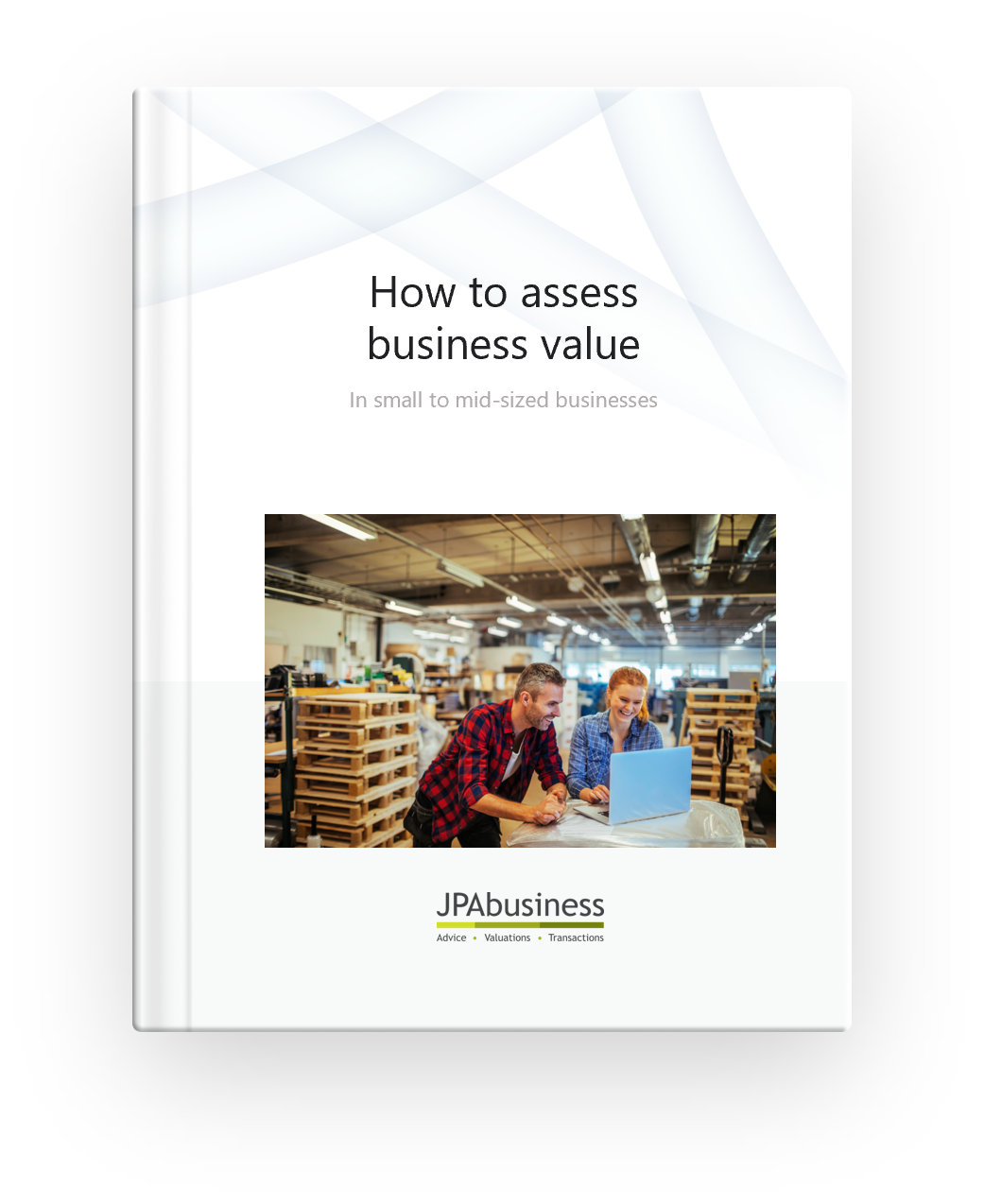
In our experience, the risks associated with business purchases fall into three categories:
- People
- Customers, suppliers and market dynamics
- The value exchange.
In this blog we’re focusing on the third risk category, the value exchange, and how you can manage that risk.
Managing the ‘value exchange’ risk
This is the ultimate risk; the doubt a purchaser may have regarding: ‘Am I paying fair market value for this business?’
The answer here lies in ensuring you have good advice and a sound market valuation and, more importantly, the extent to which you have confidence the business maintainable earnings (BME) are likely to be repeated in the first 12 months to two years of your ownership.
We discussed BME – also known as ‘sustainable earnings’ – in our ebook How to Assess Business Value in Small to Mid-Sized Businesses. (Remember the diesel engine analogy?)
BME is not about what you do to drive the earnings through investing more money, finding new opportunities or growing the business in different ways.
BME is about what the business is likely to generate in the first 12 months if you just move in and do pretty much what the current owner is doing.

What are the risks regarding BME?
Here’s an example of a low ‘value exchange’ risk:
We sold a client’s business for approximately $8 million.
The business had a turnover of about $12 million and was sold with a pipeline of work that was committed with customers, but not yet invoiced, of about $5.5 million.
The business had significant forward earnings projections for the next 12 months, so it rated as a relatively low risk in terms of the value exchange risk.
Alternatively, a business relying on day-to-day jobs, without any work committed into the future, has a higher risk.
It’s okay to pay a fair market value – a multiple of BME, or sustainable earnings – on such a business, but you may also negotiate some risk protection.
Here’s an example of how to protect against that risk:
During the due diligence process you assessed a business as having a BME of $300,000.
You agree to pay a multiple of 3 x BME for the business – $900,000 – excluding stock.
However, you negotiate that on contract completion you’ll pay 2 x BME and, should the BME be 90% or better than $300,000 in the first year of your operations, you’ll pay the final $300,000 at the end of the 12 months.
I’ve used a very simple example there to introduce the concept. In real life, I’ve negotiated lots of permutations of this and there are pros and cons:
- for a purchaser, it adds complexity to a sale process;
- for a vendor, it means you’re sharing risk in a business you no longer have any legal right over;
- if there is a fair deal negotiated, it can represent a win-win and allow the transfer to go ahead with confidence for both parties.
If you would like support or advice about any aspect of buying a business, contact the team at JPAbusiness on 02 6360 0360 or 02 9893 1803 for a confidential, obligation-free discussion.

